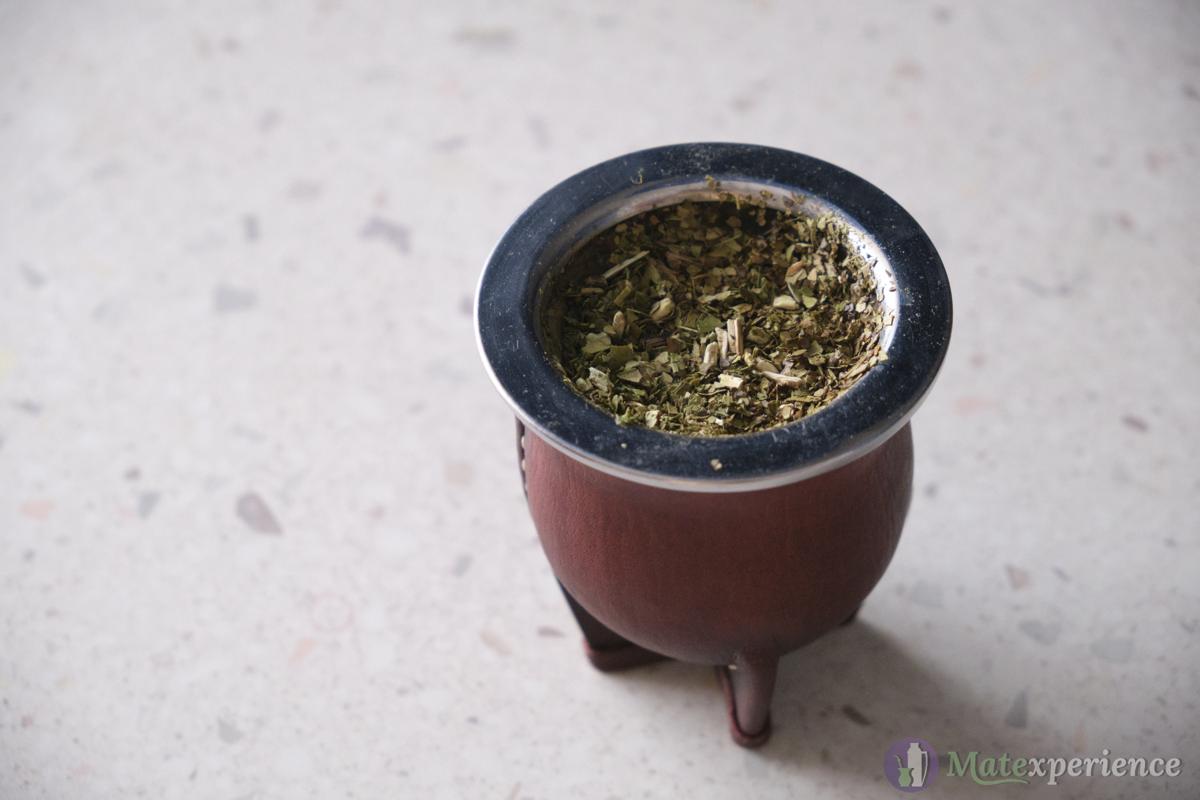When you get yourself a fresh and brand-new calabash gourd, the most common first advice that you hear is to cure it. People will tell you different reasons to why you should do it, and what will happen if you skip this crucial step. But is it that important? Is curing the calabash gourd actually a mandatory step, or is it just an obsolete tradition that is no longer questioned and is simply passed from generation to generation of materos? Let’s find out!
Why do people cure calabash gourds?
Since I was introduced to yerba mate, I was hearing lots of reasons why you have to cure the calabash gourd. Every online yerba mate shop has a curing guide where they will teach you the intricate process of filling the gourd with used yerba and leaving it overnight, and repeating the process the next day. They will give you their reasons to why you have to cure the calabash gourd and what will happen if you won’t do it. The most common benefits of curing that I heard were:
- Make the calabash gourd more resilient. Curing will fortify the walls of the gourd and will seal all the small pores and cracks in the dried up plant matter.
- Help with cleaning the inside of the gourd. Curing will soften the dried up debris of the calabash and will allow you to scrape it out easier.
- Remove an overly-bitter taste of new calabash gourd. Calabash gourds contain compounds called cucurbitacins that function as a defense against herbivores, thus making it give off a bitter taste. Curing should help with absorbing those bitter flavors and making the gourd more neutral for future uses.
- Imbue new calabash gourd with the taste yerba mate. If you use your favorite yerba mate for curing the calabash gourd its taste will be absorbed by the walls of the gourd and will make subsequent mates more delicious.
Camionero Leather Wrapped Calabash Gourd
Available on Pampa Direct
Free worldwide shipping on qualified orders.
Check PriceHow curing works?
In order to understand if curing the calabash gourd will help with all the above, we first need to learn about the chemical composition of both yerba mate and calabash. Yerba mate contains lots of different compounds, minerals and elements, but for the purpose of curing we’re interested in one specific class called tannins. If you feel like your mate has an astringent mouthfeel it is mostly due to tannins. You may already know that red wine and tea contain a lot of tannins; however yerba mate has a much higher tannin concentration compared to both of them. The concentration of tannins ranges from 30 to 1895 mg/L in red wines, but yerba mate contains about 117 mg of tannic acid per gram of dry herb, meaning that if brewed traditionally over 1 liter of water, 50 grams of yerba mate will yield about 5850 mg of tannic acid.
Why is it important? Well, tannins has been used for thousands of years as resilience booster in many manufactures. For instance, tannins are the single most important ingredient in the process of leather tanning, which makes leather more durable and less susceptible to decomposition. Tannins can be also used as mordants, helping a natural dye “bite” onto the fiber, so it would withstand washing. Another uses of tannins include adhesive manufacturing and the production of anti-corrosive primer.
In a similar fashion calabash gourd, a dried organic plant matter, can be fortified by tannins in yerba mate. During the process of curing, tannins in yerba mate will help to seal pores and little cracks in the calabash gourd to make it much more durable, stop leaking and swelling, as well as preventing it from rotting and lowering the chances of growing mold.
Verdict
So the final question is — do you have to cure the calabash gourd? The answer is both yes and no.
Yes, because tannins in yerba mate will make your calabash gourd much more resilient and durable. Fully cured gourd will certainly last you a lifetime with proper care.
No, because curing in my opinion does not have to be a dedicated one-time thing that you do with your brand-new calabash gourd. Curing is a long process that may take a few weeks, and one dedicated curing session is not enough for it to fully cure and will not make a difference in a long run. Instead of leaving the gourd overnight filled with used yerba, why not just start drinking right away? With some of my gourds I did a dedicated overnight curing session, and honestly, they were no different to the gourds that I used straightaway.
However, if your calabash gourd has a lot of debris, a dedicated curing session may be helpful if you don’t want to taste calabash for the first few weeks. Speaking of taste, while I did not experience any flavor transfer from yerba to the gourd, sometimes new calabash gourds can lend a bitter taste to mate, due to the presence of cucurbitacins. Properly dried and stored calabash gourds should not have any leftover cucurbitacins. Nonetheless, if your brand-new gourd makes your mate taste more bitter than usual, you can try a dedicated curing session to let cucurbitacins leach out of the gourd.
***
What’s your take on that? Have you cured your calabash gourd overnight or started drinking right away? Did you notice any difference? Try it out and share your observations below!
Yerba mate
Curing
Gourd




